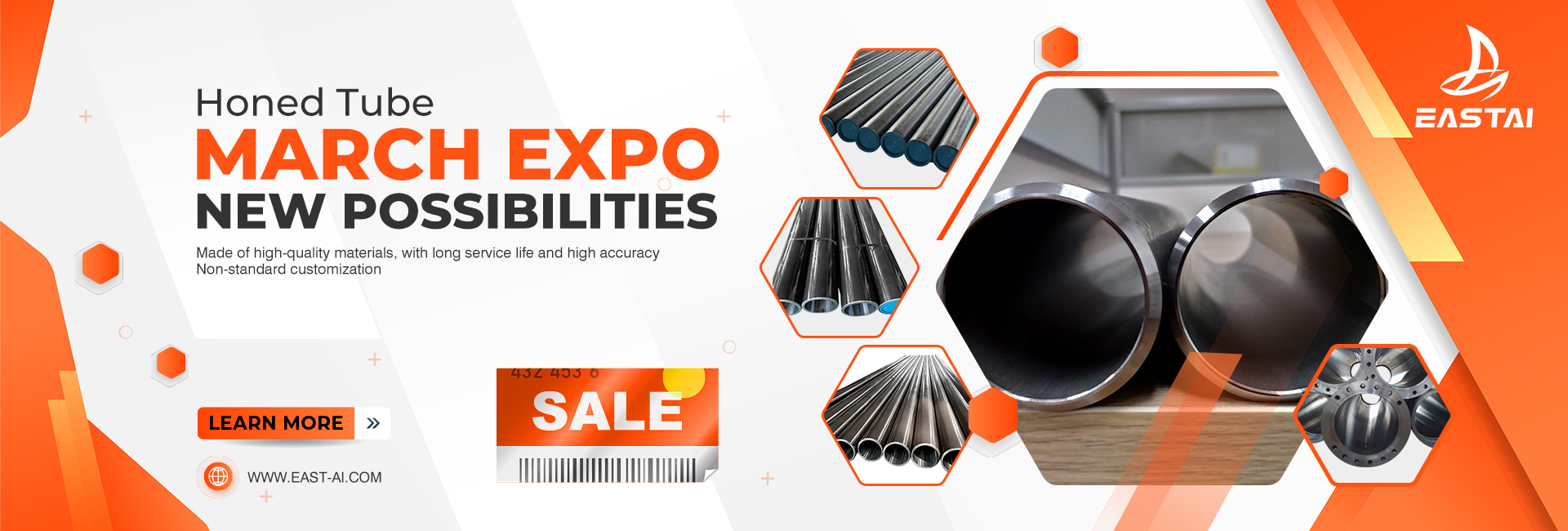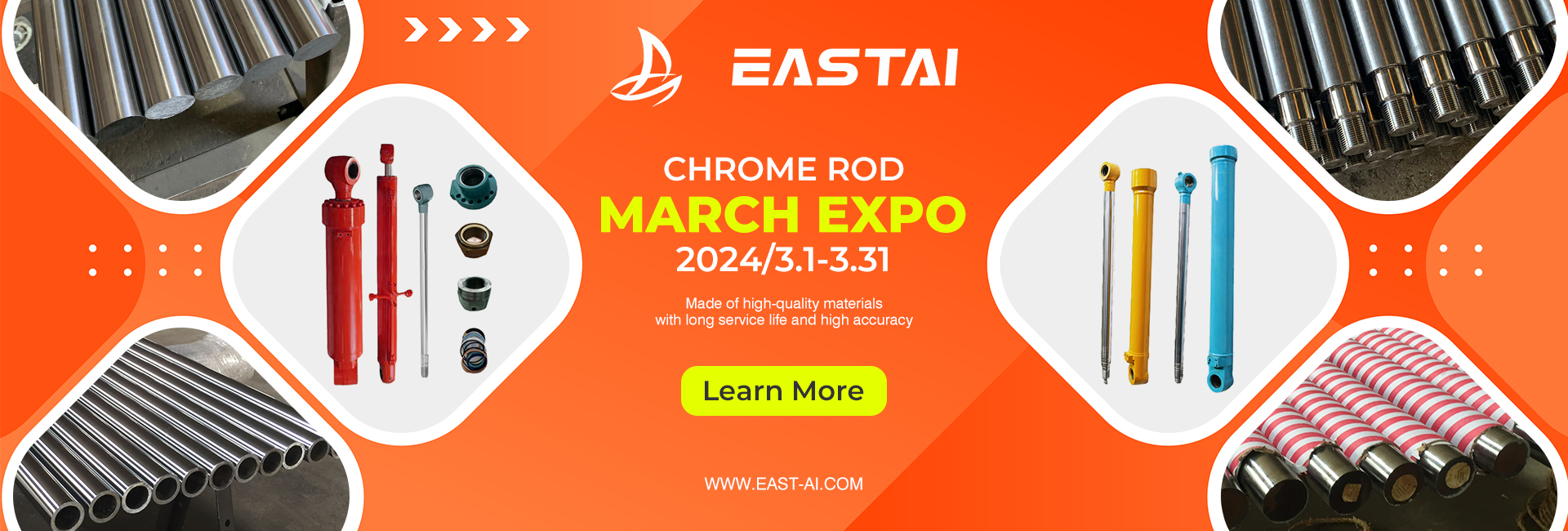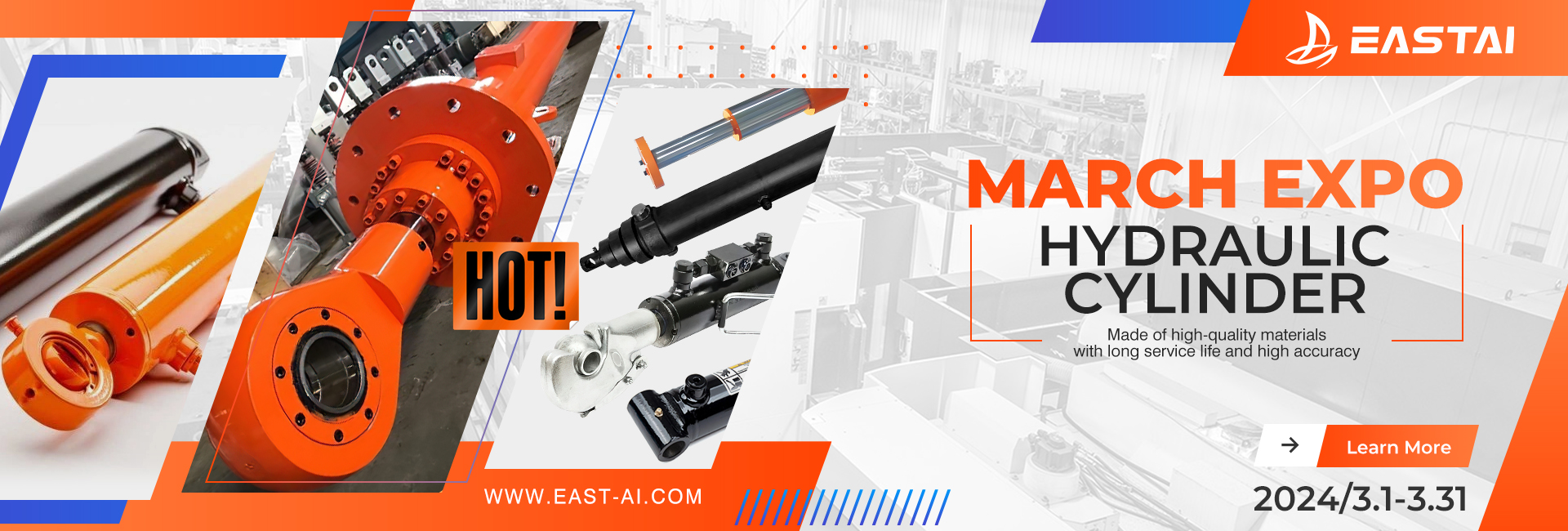The Ultimate Guide to Honing Pipe | Precision Engineering for Optimal Performance
Honing pipe is an essential process in the manufacturing and finishing of pipes used in various industries, from automotive to hydraulic systems. This technique involves the abrasion of the pipe interior surfaces to improve the geometric form and surface texture. Honing is known for its precision and ability to produce a superior surface finish, making it a preferred choice for applications requiring high accuracy and smoothness.
Understanding the Basics of Honing
What is Honing?
Honing is a finishing process utilized to achieve precise dimensional tolerances and improve surface finish. Unlike other abrasive machining processes, honing removes material from the workpiece with a set of pre-dressed stones called hones.
Types of Honing Processes
Honing can be classified into manual and automatic methods, each suited for different types of materials and applications. The selection of the honing process depends on the required precision, material of the pipe, and the final application.
Importance of Honing in Pipe Manufacturing
Honing plays a crucial role in pipe manufacturing by ensuring the pipes meet the strict tolerances required for high-performance applications. It not only enhances the mechanical properties of pipes but also extends their service life.
The Honing Process Explained
Step-by-Step Guide to the Honing Process
The honing process involves several key steps, starting from selecting the appropriate honing stones to the final inspection of the honed pipe. Each step is crucial to achieving the desired finish and dimensions.
Tools and Equipment Used in Honing
A variety of tools and equipment are used in honing, including honing machines, honing stones, and lubricants. The technology behind honing equipment has evolved, offering higher precision and efficiency.
Material Considerations for Honing Pipes
The material of the pipe plays a significant role in the honing process. Different materials require different honing techniques to achieve the desired results without compromising the integrity of the pipe.
Advantages of Honing Pipes
Precision and Accuracy
Honing is renowned for its ability to produce pipes with high precision and accuracy, essential for applications where tight tolerances are a must.
Surface Finish Improvements
One of the primary benefits of honing is the superior surface finish it provides, which can significantly reduce friction and wear in mechanical systems.
Increased Durability and Performance
By improving the surface finish and geometric accuracy, honing can enhance the durability and performance of pipes, leading to longer service life and better reliability.
Applications of Honed Pipes
Hydraulic Systems
Honed pipes are widely used in hydraulic systems where smooth surfaces and tight tolerances are critical for efficient operation.
Pneumatic Systems
In pneumatic systems, honed pipes ensure smooth airflow and reduce the risk of component wear and failure.
Mechanical Engineering Applications
The precision and quality of honed pipes make them suitable for a variety of mechanical engineering applications, including gears, bearings, and cylinders.
Comparing Honing with Other Finishing Processes
Honing vs. Grinding
While both processes aim to improve surface finish, honing is typically used for finer finishing after grinding has achieved the approximate size.
Honing vs. Lapping
Honing and lapping are both used for fine finishing, but honing is more efficient for cylindrical surfaces, while lapping is better suited for flat surfaces.
Advantages of Honing Over Other Techniques
Honing offers unique advantages, such as the ability to produce a cross-hatched surface pattern, which improves lubrication retention and distribution.
Selecting the Right Honing Equipment
Criteria for Selection
Selecting the right honing equipment involves considering factors such as the material of the pipe, desired finish, and production volume.
Latest Technologies in Honing Equipment
Advancements in honing technology have led to the development of machines that offer greater precision, automation, and efficiency.
Maintenance and Care for Honing Equipment
Proper maintenance and care are essential to ensure the longevity and performance of honing equipment, including regular cleaning and calibration.
Honing Pipe
Innovations in Pipe Honing
The field of pipe honing is continuously evolving, with new technologies and methods being developed to improve efficiency and results.
Challenges in Honing Pipes
Despite its advantages, honing faces challenges such as the need for skilled operators and the limitations in honing certain materials or shapes.
Future Trends in Pipe Honing
Emerging trends in pipe honing include automation, improved precision, and environmentally friendly practices.
Case Studies: Successful Honing Projects
Automotive Industry
In the automotive sector, honing is used to finish components such as cylinders and gears, contributing to higher performance and efficiency.
Aerospace Industry
The aerospace industry relies on honing for the precision finishing of components critical to flight safety and performance.
Oil and Gas Industry
Honed pipes play a vital role in the oil and gas industry, where they are used in drilling operations and as part of the infrastructure for transporting fluids under high pressure.
Honing pipe is a critical process in the manufacturing and maintenance of components across various industries. Its ability to achieve precise tolerances and superior surface finishes makes it invaluable for applications requiring high levels of accuracy and reliability. As technology advances, the honing process continues to evolve, offering even greater efficiency, precision, and environmental benefits. Understanding the basics of honing, its advantages, and how it compares to other finishing processes can help manufacturers and engineers make informed decisions about the best practices for their specific needs. Whether for hydraulic systems, pneumatic applications, or mechanical engineering projects, honing remains a key technique for enhancing performance and extending the lifespan of critical components.
Post time: Feb-22-2024




